Coturnix Quail (Japanese Quail)
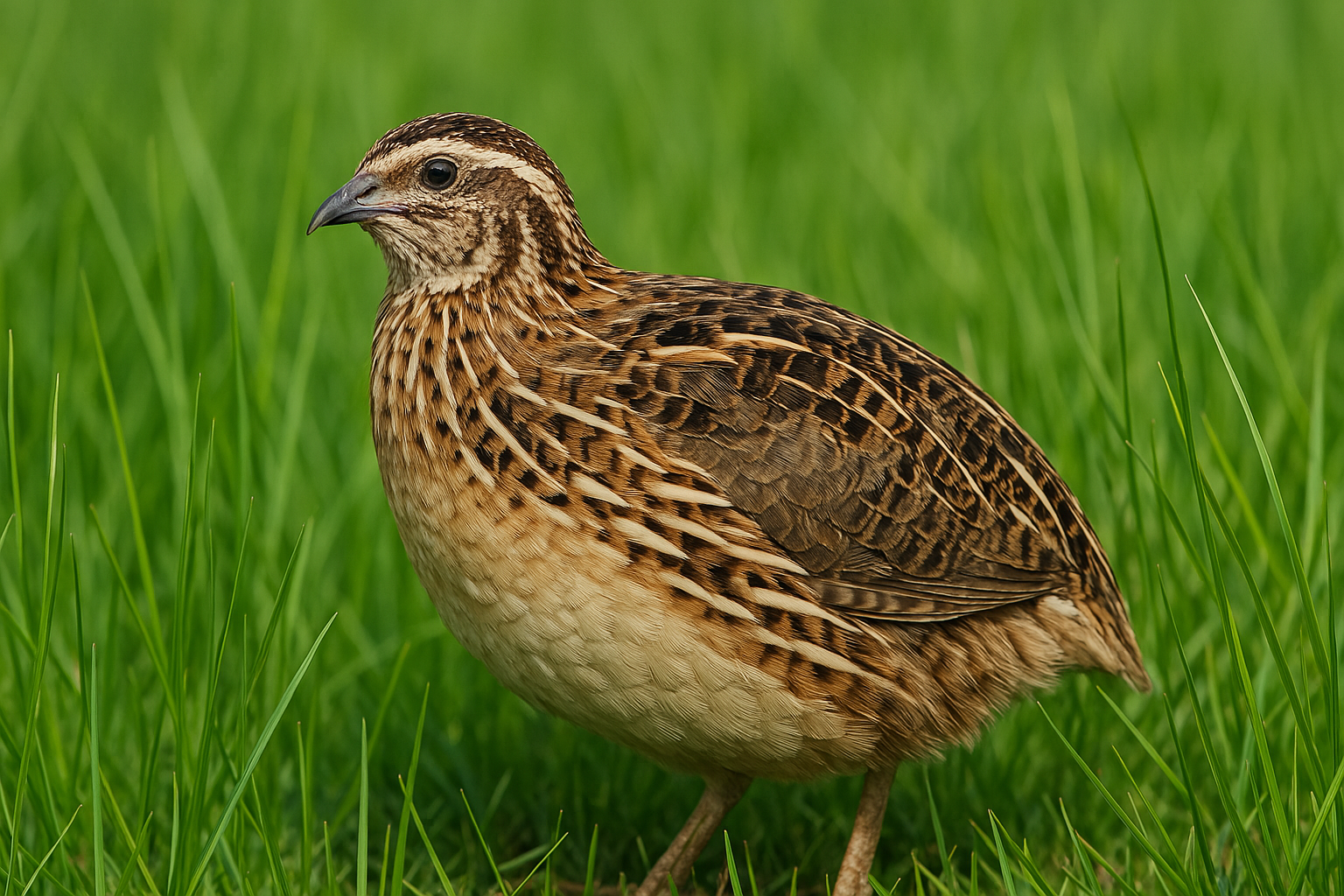
Lifespan
2-4 years
Height
10-15 cm
Length
14-18 cm
Quail Ratio
1 Male to 4-5 Females
Coturnix quails have been domesticated for decades, originally valued for their eggs and meat. Today, they are popular pets and are widely used in research and hobbyist aviculture due to their ease of care and prolific breeding.
Coturnix Quail Call (Male Call)
Physical Characteristics
How many females to a male
This ratio balances high fertility rates with reduced stress and aggression. Fewer males per group minimize fighting, while ensuring each female isn't over-mated, leading to healthier hens and consistent egg production.
Size
These small birds typically measure about 14–18 cm in length and stand roughly 10–15 cm tall. They weigh between 90–120 grams and usually live 2–4 years in captivity. They have mottled plumage that can vary in color, and males often display more vibrant markings than females.
.png)
Habitat
In the wild, Coturnix quails thrive in open grasslands and agricultural fields. In captivity, they need a well-ventilated, spacious enclosure with natural ground cover to encourage foraging and natural behaviors.
Shelter
Ensure the enclosure has sheltered areas to protect them from harsh weather and give them a sense of security.
Dust Bathing
Provide a container of sand or fine dust for dust bathing, which helps keep their feathers clean and free of parasites.
Protection
Make sure the enclosure is predator-proof and has a solid roof to prevent escape and protect from predators.
Diet
Food
They are omnivores that thrive on a diet of high-quality quail feed, supplemented with grains, seeds, fresh greens, and occasional insects to ensure balanced nutrition.
Water
Clean water should always be available.
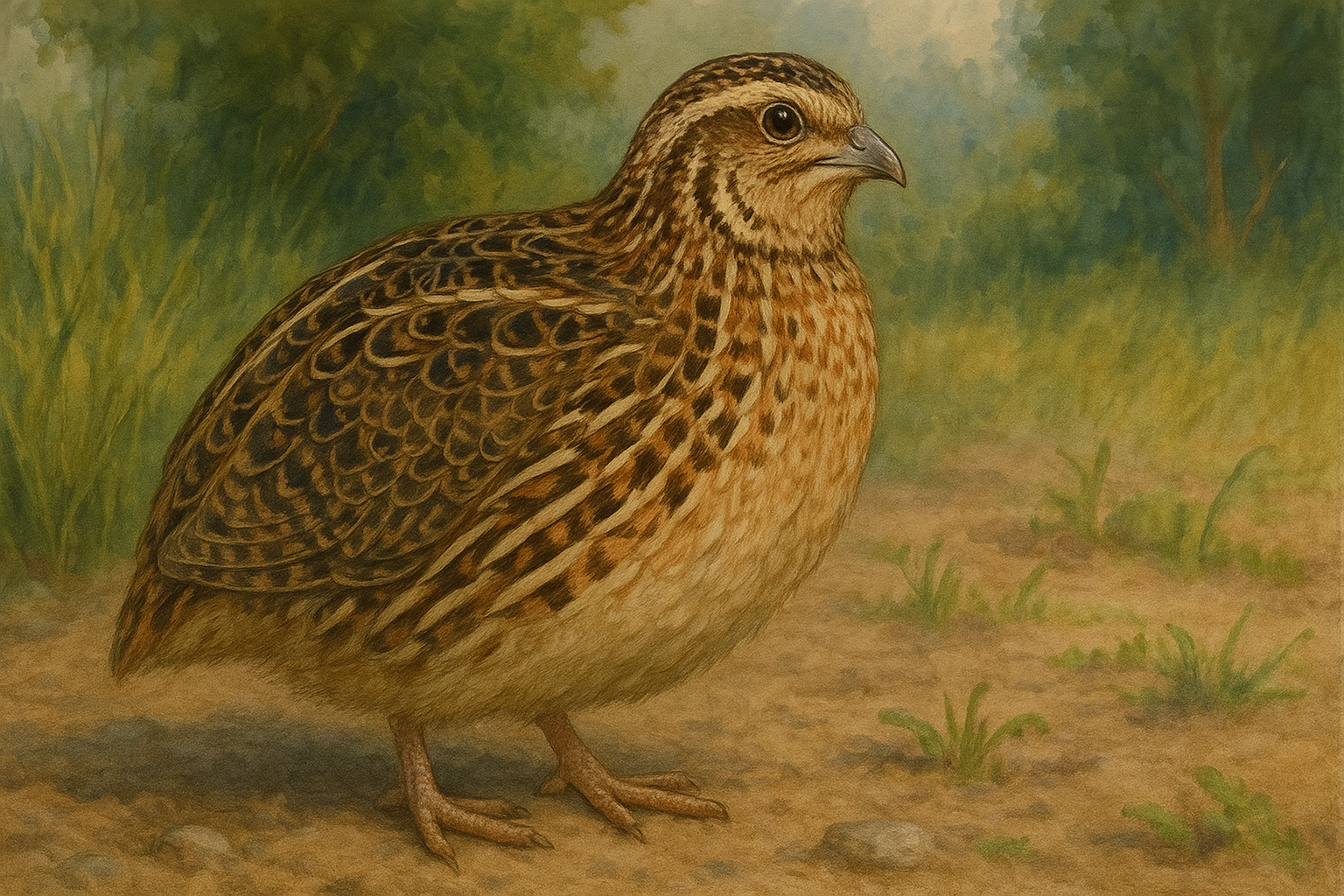
Social Behavior
These quails are social birds that do best in small groups or pairs. They generally maintain a pecking order, and while they are relatively easy to manage.
Activity
Coturnix quail are particularly active and enjoy foraging for food.
Handling
Coturnix quails are small and sensitive birds, so handle them with care. Use slow, gentle movements and support their body with both hands during necessary interactions like health checks. With regular, calm handling, they may become more accustomed to human contact, though they generally prefer minimal handling to avoid stress.
Health
Clean Environment
Proper hygiene and regular health checks are vital to prevent common issues like respiratory infections, coccidiosis, and parasitic infestations. A clean, well-maintained environment and balanced diet support overall health.
History
Coturnix quails have been domesticated for decades, originally valued for their eggs and meat. Today, they’re popular pets and research subjects due to their ease of care and prolific breeding.
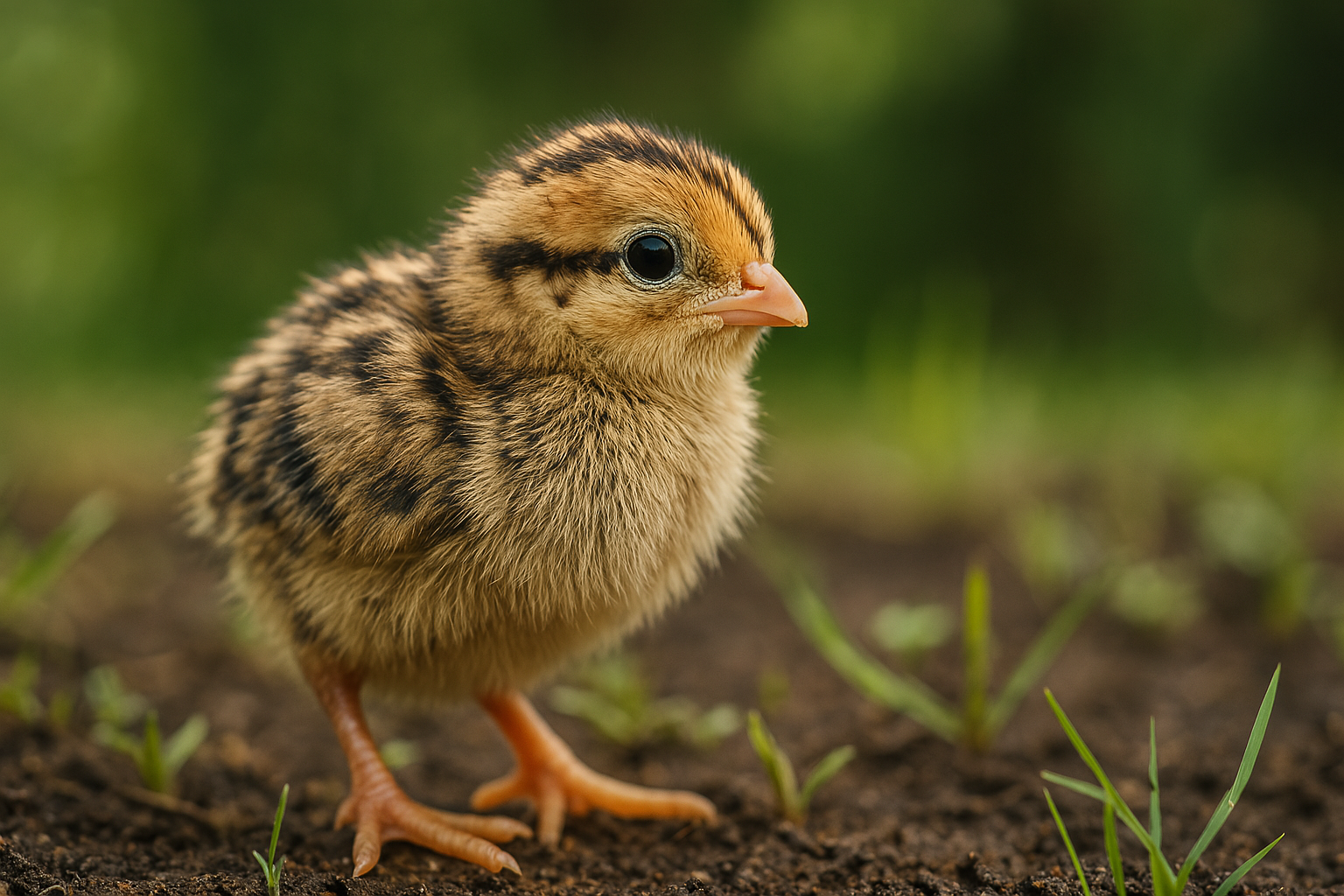
Breeding
Breeding Season
Coturnix quails breed prolifically, often laying clutches of 10–15 eggs. They can breed year-round in captivity under optimal conditions, with an incubation period of about 17–18 days.
Nesting
Coturnix quails are ground nesters, meaning they build simple, shallow nests on the ground, often in hidden spots. The female typically uses grasses and leaves to construct the nest. She lays 10 to 15 eggs, which she incubates for about 17 to 18 days.
Quail Chick Care
Brooder Setup
Temperature: Maintain a stable temperature of approximately 37.5°C (99.5°F) and humidity levels around 50-60% during incubation.
Feeding
Feed the chicks a high-quality starter feed specifically designed for quail. Supplement their diet with finely chopped greens and small insects to provide additional nutrients.
Feeder and Waterer
Use shallow feeders and waterers to prevent chicks from drowning. Marbles or pebbles can be placed in water dishes to keep chicks safe.
Outdoor Transition
When transitioning to an outdoor environment, ensure they are fully feathered and acclimatized to temperature fluctuations. Provide a secure, enclosed space with adequate shelter and perches.
Joining the adults
Integration with Adults
Introduce the chicks to adult quails gradually to prevent aggression. Ensure the introduction occurs in a neutral area to reduce territorial disputes. Monitor interactions closely to ensure a smooth transition.
Observe Behavior
Watch for signs of aggression or bullying from the adults. If the chicks are significantly smaller or weaker, they may need more time before integration.
Fun Fact
Coturnix quails are incredibly prolific—under optimal conditions, a female can lay nearly an egg every day. This rapid reproduction rate makes them popular not only as pets and for egg production but also as model organisms in scientific research.
In this article
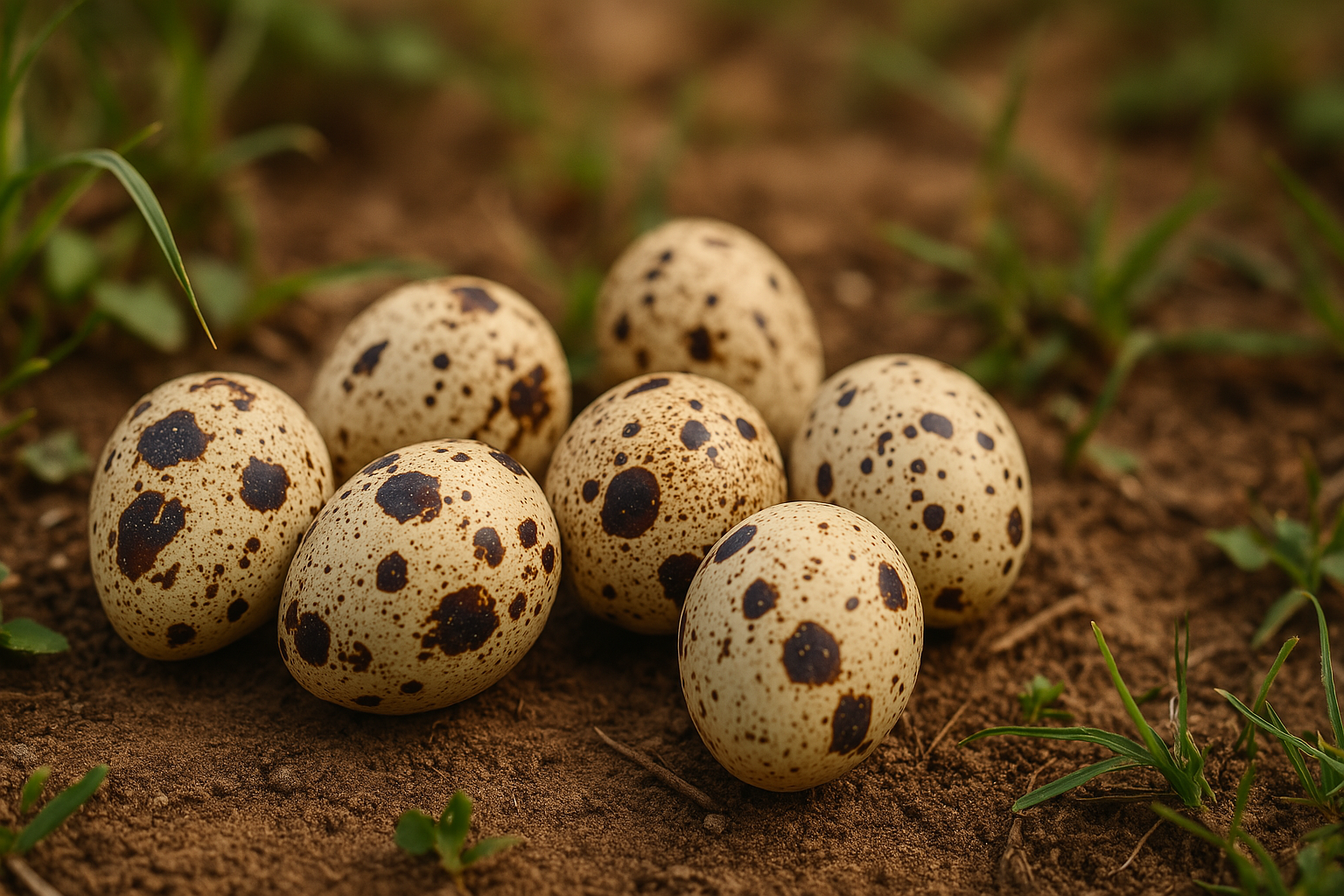
Eggs
Coturnix quail eggs are small, typically weighing around 7-8 grams. Their shells are cream-colored with dark brown spots or blotches, giving them a distinctive appearance. The eggs are slightly elongated with a smooth and fragile surface. These unique markings serve as camouflage in nature, helping the eggs blend into their surroundings.
Legal Considerations
Check local laws and regulations regarding the keeping of quail. Some areas may have specific requirements or restrictions.
Permits
In some regions, permits may be required to keep or breed quail.
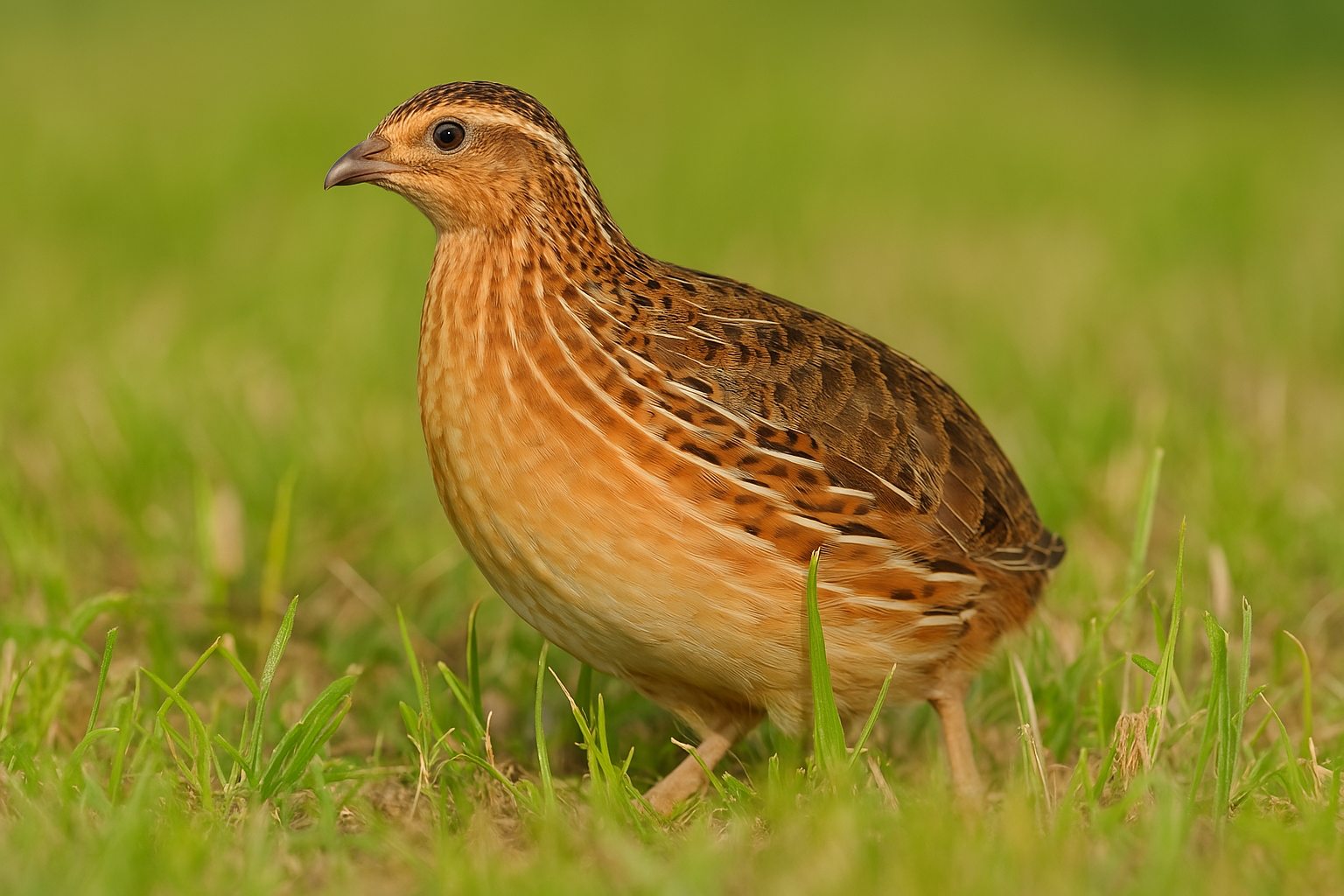
Common Quail
Keeping the Common Quail (Coturnix coturnix) as a pet can be challenging due to its migratory nature, natural behaviors, and specific care requirements. While they are primarily kept for agricultural purposes in some regions, providing suitable conditions for them as pets requires careful consideration.
Read more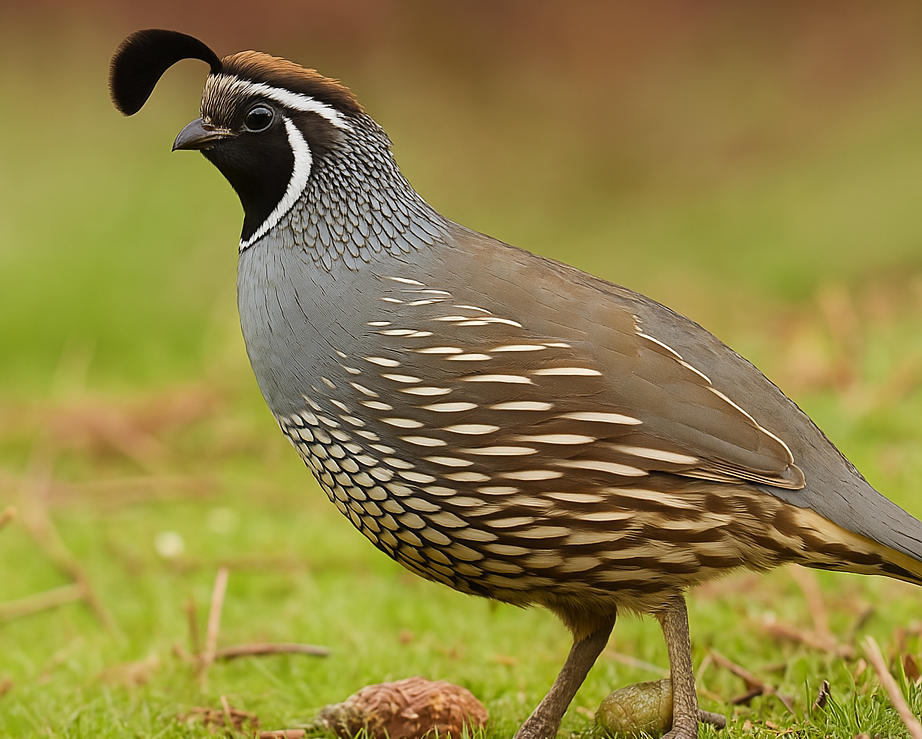
California Quail
The California Quail (Callipepla californica) is a charming and distinctive bird known for its plump body, beautiful plumage, and characteristic head plume, often referred to as a "topknot." These birds are native to the western United States but can be kept as pets with proper care and attention. Here's a comprehensive look at keeping California Quail as pets
Read more
Jumbo Celadon Quail
Jumbo Celadon Quail, also known as Coturnix quail, are a popular breed among poultry enthusiasts due to their distinctive blue or light green eggs, larger size, and efficient egg production. They are a selectively bred variety of the standard Coturnix quail, known for their increased body weight and unique egg coloration.
Read more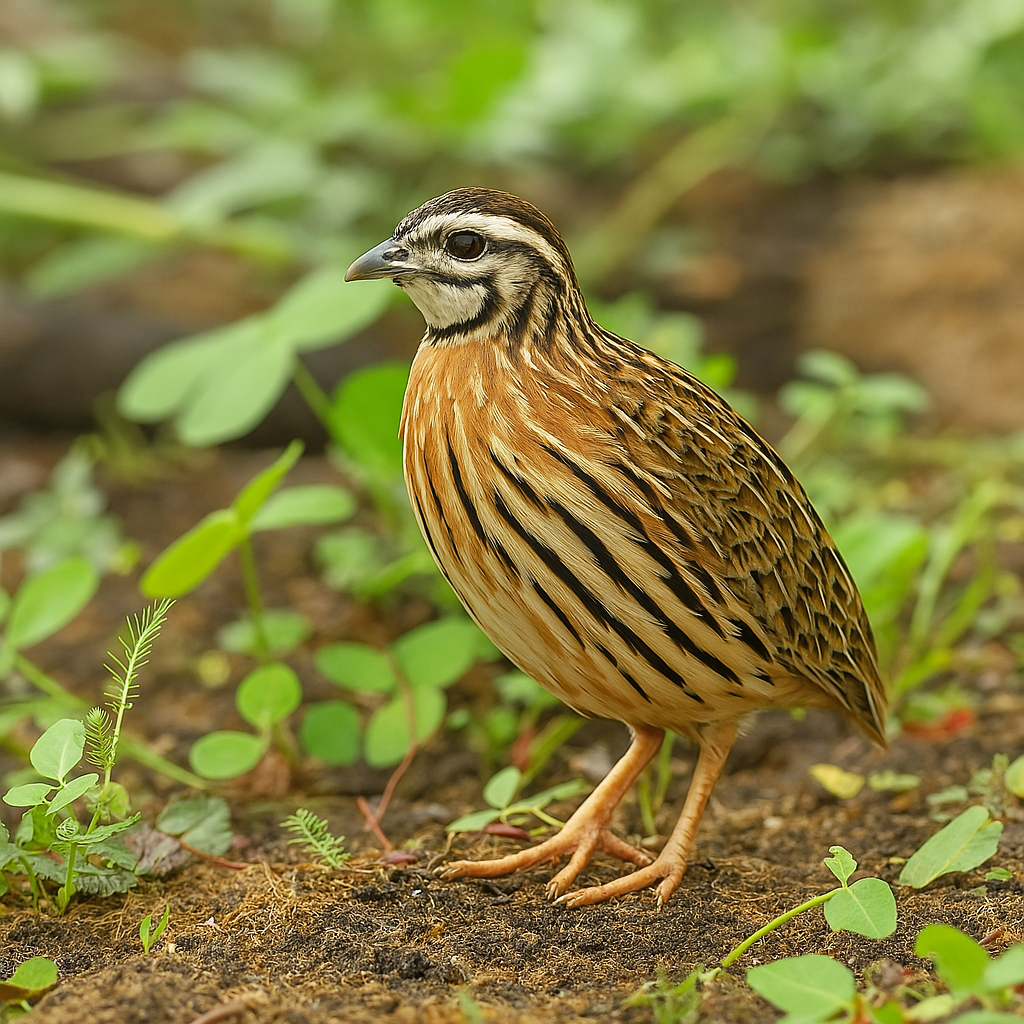
Rain Quail
Keeping Rain Quail (Coturnix coromandelica) as pets can be a rewarding experience for bird enthusiasts, although they require specific care to thrive in captivity. Here’s what you need to know about keeping Rain Quail as pets:
Read more